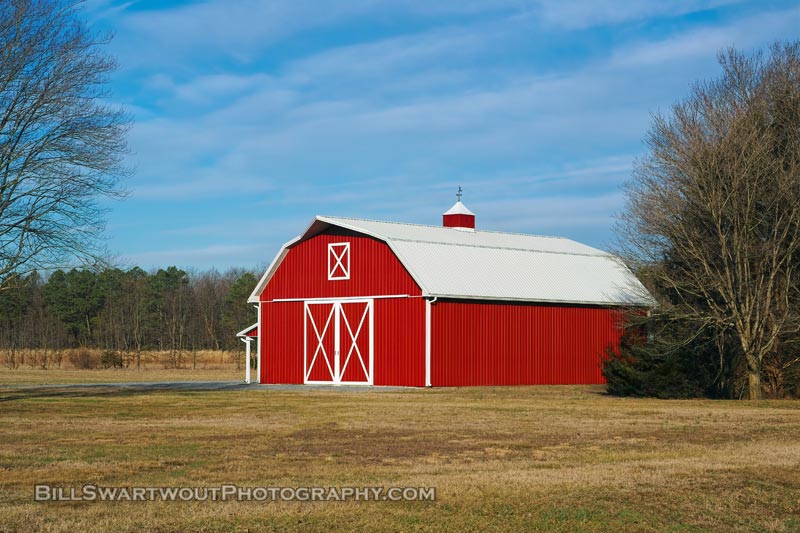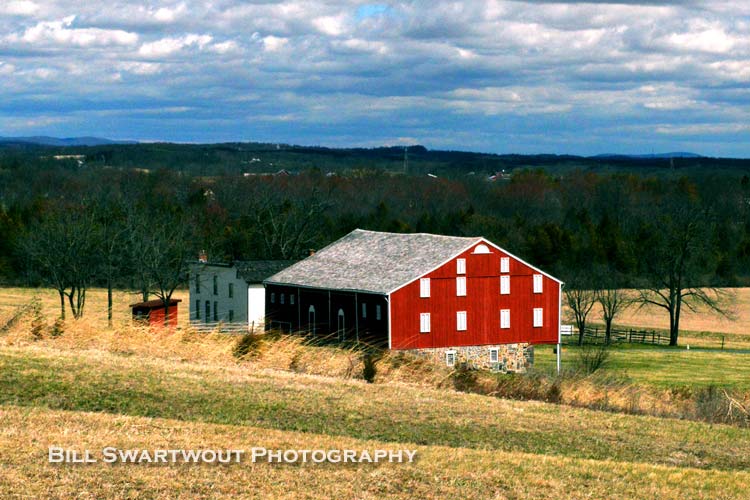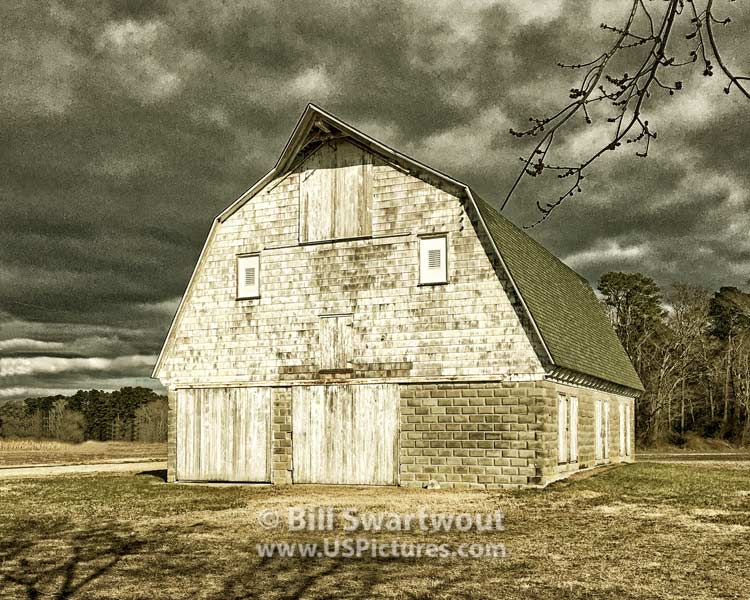The red barn has always been a staple of the American agricultural landscape.
Red barns are not only iconic symbols in rural America, but the red barn is also part of its history and culture. Have you ever stopped to wonder why so many American barns are painted in this particular color?

The iconic red barn is a staple of the American countryside, with its bright hue standing out against the rolling hills. But why are barns painted red? What is the history behind this choice of color? In exploring why American barns have been traditionally painted red and examining the various reasons for this cultural phenomenon, we found one that seems to make sense. This might provide an historical and a modern explanation for why red is so popular among farmers and farm buildings in America.
In the “early days” there were few, if any, choices for building supplies and (what we now know as) paints and sealers did not exist. The wood of the barns was coated with an oil such as linseed oil (from flax) and may have also had milk or lime mixed in. But they also used rust (iron oxide) because it was plentiful on a farm and it also killed the fungi and mold/mildew that would, otherwise, grow on the wood surfaces.
When paint became available, many farmers chose to continue the “red barn” tradition. Or, maybe, it was because red paint is slightly less expensive to produce because iron oxide is so plentiful in nature. Keep in mind that not all barns are painted red – but the majority of them are.

Barn images are for sale as wall art and printed on a variety of home decor items. To see more, to browse or shop – click on the images above or the links below.
Link to: Iconic Red Barn
Link to: Red Barn near Gettysburg, PA
Link to: Bill’s Farm Collection
Link to: the Bill Swartwout Photography Gallery


